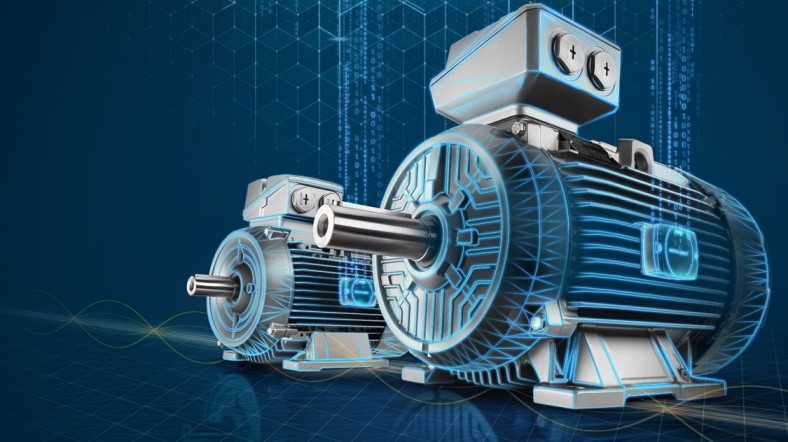Introduction:
Electric motors are one of the important components of electrical loads, which are widely used in factories to move production lines. The speeds of the motors vary according to the nature of production. Therefore, an electronic control unit is installed, which is an electrical circuit designed to control the speed and direction of rotation of electric drive motors. It can also be customized to work as a dynamic brake. This unit is used with electrical motors..
Course target:
Introducing workers in the field of electrical maintenance to the types of AC – DC motors and their speed control systems.
Contents:
• DC and AC motor: characteristics – performance – braking.• Thyristor: properties – conduction and disconnection, protection,alternating current.• Circuits of rotation: – types – rates – control of their exit.• Thyristor bridge and connection in series and parallel and work in one direction or in two directions.• Controlling the speed of the DC motor with a bridge operating on one or three sides in one direction and in two directions and how to break the motor.• Speed control by cutting the DC motor.• Examples of some control circuits for DC motors.• Using digital systems to control DC motors• Methods of controlling the speed of the AC motor.• Some malfunctions, their causes and their removal.









